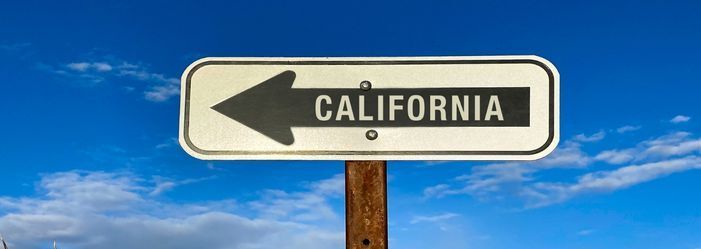Chapter 7 Bankruptcy in California

Bankruptcy is not that simple. California residents must understand the different filing requirements before starting the bankruptcy paperwork. We will discuss those and then outline some bankruptcy alternatives.
What is Chapter 7 bankruptcy, and how does it work?
You will discover that there are different types of bankruptcy cases, each named for the chapter in the bankruptcy code that defines them. Most people are familiar with Chapter 7 and Chapter 13 bankruptcies, the two most common forms of personal bankruptcy.
The basic difference is that Chapter 7 is for people who meet a California bankruptcy means test. In this, most debt, especially unsecured debt, is erased. Chapter 13 is for people who can not meet the means test because they have too much money or disposable income.
The means test compares your household's average monthly income over the last six months to the median income of a similar-sized California household. These numbers come, in part, from the Census Bureau.
Find an online means test calculator like this one here to determine if you meet the means test requirements.
If you have business debt and are a sole proprietor, you may qualify for Chapter 7. Chapter 11 is more suitable for large businesses with large business debts.
The benefits of filing for Chapter 7 bankruptcy
While there are many reasons not to file Chapter 7 in California, here are some good reasons. The first is the chance to get a fresh start with your finances. Yes, it will stay on your credit report for up to ten years, but you can rebuild your credit score and credit history.
This form allows you to keep future earnings, while other types may result in wage garnishments.
Unlike Chapter 13, there is no limit on the number of consumer debts claimed, and there is no repayment plan. Chapter 7 also only takes about 3 months to complete.
How to file for Chapter 7 bankruptcy in California
If you are thinking about whether or not to file Chapter 7 in California, there are several steps you must go through.
First, you must complete a credit counseling course with an approved agency within 6 months of filing your bankruptcy petition. You will receive a certificate after completing the course. Keep this as you MUST submit it in your petition for bankruptcy.
Next, you will assemble your petition for bankruptcy. This details your income, debt, and property for the past 10 years. In addition to the following forms, always ask the clerk of court if there are any California-specific forms or formats. A list of the forms is included in the bankruptcy FAQs listed below.
Once the bankruptcy paperwork has been filed, you will attend a 341 Creditor meeting. The assigned trustee will ask questions about your paperwork.
Your final step is to complete the personal debtor's education or financial management course and file Form 23.
Your Chapter 7 bankruptcy should now be complete.
What to expect after you file for Chapter 7 bankruptcy
Once your bankruptcy petition is filed, the court notifies creditors of an automatic stay, prohibiting most of them from taking collection actions. The automatic stay means they cannot call, collect money, foreclose your home, repossess your car, or place a lien on the property. Of course, there are exceptions, and a creditor can ask to have the automatic stay lifted.
Your bankruptcy packet is then turned over to a bankruptcy trustee. In addition to all the forms, you will need to provide your most recent tax returns, bank statements, paycheck stubs, and any other information requested. Your assets become a temporary part of the "bankruptcy estate."
The trustees will evaluate your secured debts. You may be required to pay creditors, reaffirm amounts owed, or have assets repossessed, depending on your situation.
Finally, the trustee will petition to sell the nonexempt property and distribute the proceeds.
Once the bankruptcy process is complete, you do not owe any money to anyone. However, it will show up on your credit for up to ten years and affect applications for mortgages, loans, and credit cards.
The costs associated with filing for Chapter 7 bankruptcy
The costs for filing for Chapter 7 are set by federal law. The filing fee is $338. If you hire professional representation, your costs may be much higher depending on bankruptcy attorney costs. Family size is taken into consideration in whether or not you have to pay the filing fee.
California Bankruptcy FAQs
Alternatives to California bankruptcy
As you are reading this, you may realize that filing for bankruptcy is not for you. Luckily, there is a bankruptcy alternative.
Debt settlement negotiates reduced unsecured debt and helps people pay off the reduced amounts without the hassle, expense, and social stigma.
Pacific Debt Relief is one of the leading settlement companies in the US. We are located in San Diego, California, and have probably worked with your unsecured debt holders.
To learn more about debt settlement, check out this link.
Give us a call for a free consultation. Our award-winning specialists will explain your options so you can make an informed decision.
 Do Not Sell My Personal Information
Do Not Sell My Personal Information